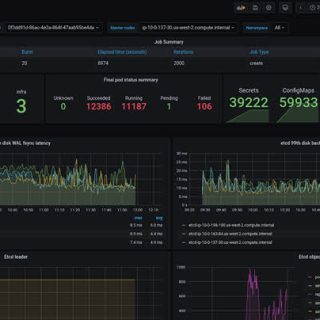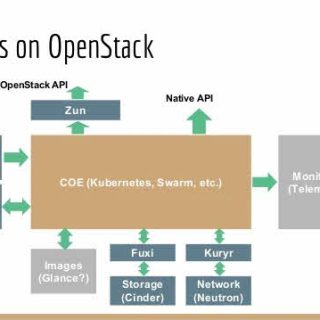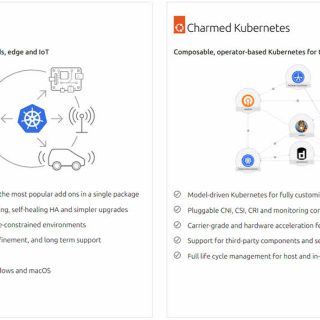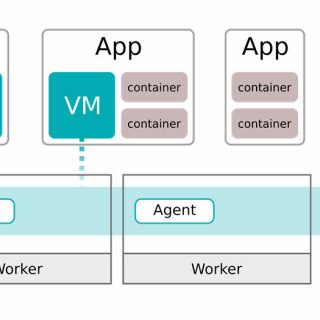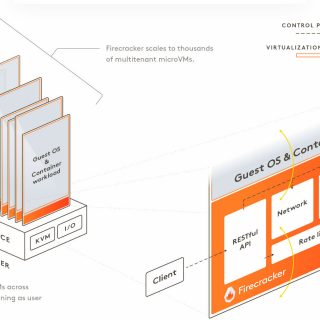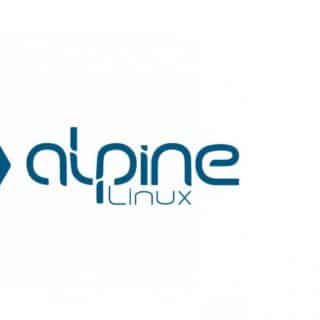Kube-Burner: Ignite Your Kubernetes Performance Optimization
Everything in the globe, from straightforward webpages to intricate AI applications, is powered by Kubernetes. However, even the most resilient Kubernetes cluster can fail when put under stress, much like a powerful engine. Presenting Kube-burner, a powerful tool that lets you maximize, stress-test, and realize the whole potential of your Kubernetes setup.
